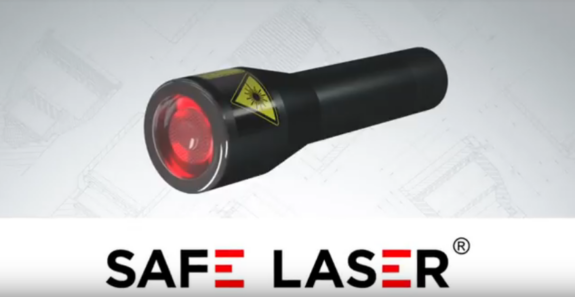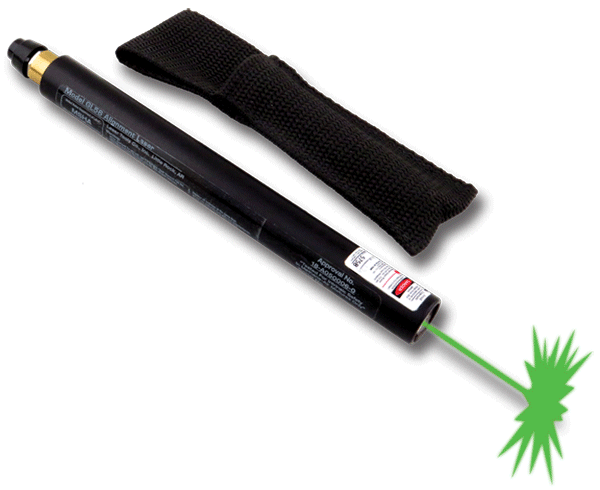Free Advice On Picking Safe Laser Device
Wiki Article
What Is The Safe Low-Level Laser Therapy (Lllt)?
Low-level therapy with Safe Laser (LLLT) that is a form of laser therapy that can be used to treat injuries from sports and pain in the locomotor system through various mechanisms. The reduction in swelling and pain can be due to the decreased inflammation.
Rapid tissue repair- LLLT boosts cellular metabolism, leading to faster healing of tissues and regeneration. It stimulates collagen synthesis which is essential for healing of injured tendons, ligaments and muscle.
Pain Relief - LLLT alters the perception of pain through the influence of nerve conduction. It also inhibits the production and release of pain-related mediators like substance P.
Improved Blood Circulation LLLT improves vasodilation and microcirculation which results in increased blood flow to the injured area. Increased blood flow brings oxygen and nutrients into the tissues to facilitate healing and speed up recovery.
Muscle Relaxation – LLLT stimulates the release of nitric oxide, which results in the relaxation of muscles. This can be particularly beneficial for athletes who experience stiffness and tightness in their muscles.
Preventing Scar Tissue Forming- By stimulating tissue renewal, LLLT helps minimize the creation of scar tissue. This could limit mobility and lead to chronic pain if it is not treated properly.
Increased Range of Motion LLLT can increase joint flexibility and mobility by eliminating inflammation and pain, allowing individuals to resume normal activities and participation in sports more quickly.
Secure Laser low-level therapy provides an effective and non-invasive approach to managing injuries from sports and locomotion. This promotes faster recovery and better outcomes for people looking for relief from pain in the musculoskeletal system. Take a look at the best safe laser for blog info including laser kezelés, mozgásszervi problémák, safe laser használata, mozgásszervi problémák, orr lézer készülék, safe laser készülék, laser kezelés, laser kezelés, orvosi lágylézer, safe laser vélemények and more.

What Can Low-Level Safe Laser Therapy (Lllt), Help With Ear Problems?
LLLT can help reduce inflammation and discomfort in the middle ear, the ear canal or eardrum. LLLT may help reduce inflammation in conditions such as Otitis (inflammation of the canals in the outer ear) and Otitis (middle ear infections).
Pain Relief LLLT alters the perception of pain through affecting nerve conduction and also reducing the release of pain mediators like substance P. In ear conditions such as otitis media, or earaches, LLLT can help alleviate pain and discomfort, providing relief for those who suffer from ear discomfort.
Improved Tissue Repair and Regeneration- LLLT increases the rate of tissue repair and regeneration through stimulating cell metabolism. For conditions such as the eardrum perforations or otitis media, LLLT can help promote faster healing of damaged tissues, decreasing the risk of complications and improving overall health of the ear.
Improved Blood Circulation LLLT improves microcirculation, vasodilation and the flow of blood to the ear. Increased blood circulation could help provide nutrients and oxygen to the inflamed or injured tissues, encouraging healing and lessening inflammation.
Tinnitus Management Tinnitus Management LLLT may be used to treat tinnitus symptoms, which are characterized as ringing in ears or buzzing. Although the precise mechanism behind LLLT isn't fully understood, it may improve blood flow in the auditory system, and also reduce inflammation, leading to less tinnitus.
LLLT assists in reducing earwax accumulation in the ear canal. It can also help to break down earwax and reduce the risk of ear infections and blockages. This is especially beneficial for those who suffer from an excessive amount of earwax production or have earwax blockage.
It is safe Laser low-level therapy provides an effective and non-invasive method of treating a variety of disorders of the ear, as well as alleviating symptoms such as inflammation pain, and earwax. It is recommended to speak with an ENT specialist prior to using LLLT on ear problems. It will guarantee that you are given the proper treatment and diagnosis. Have a look at the best safe laser bérlés for website tips including lágylézer készülék bérlés, lágylézeres készülék, safe laser használata, lágy lézer, safe laser készülék, otthoni lézer kezelés, lágylézer hatása, safe laser használata, safe laser bérlés, lágylézer bérlés and more.

How Do You Expect The Effects Of A Secure Laser On Dental And Oral Conditions To Occur?
Safe Low-level laser treatments (LLLT) may have different results depending on the dental or oral situation. This is due to factors like the kind of problem that is being treated as well as the severity. It also depends on the response of an individual. In general, a sequence of LLLT sessions over a specified time frame is recommended to get optimal outcomes for dental and oral conditions.The amount of LLLT sessions needed to treat oral and dental issues depends on several factors-
The severity and type of the conditionThe number of LLLT treatments required can be dependent on the nature and severity of oral or dental condition being treated. According to the type of condition, LLLT may be required in various ways.
Individual Responses to Treatment – Certain factors, such as the overall state of dental and oral health as well as immune function as well as healing capacity and other variables can affect how an individual responds to LLLT. Some people will experience quicker improvements and respond better to the treatment. Other people, however, may require longer treatment.
Treatment protocol - The treatment plan recommended by a dentist has a significant impact on the frequency and duration of LLLT treatments for oral and dental conditions. Healthcare providers can customize the treatment plan according to your individual requirements. This could include scheduling LLLT at regular intervals throughout the week or at specific intervals for a longer time duration.
Chronic as opposed to. Acute Conditions – The number of LLLT sessions needed for treatment can be dependent on the distinction between chronic and acute ailments. Conditions that are acute, like post-operative or oral ulcers may require fewer sessions in order to find relief. Chronic ailments, such as TMJ problems or periodontitis, may require longer treatment.
Although some people may notice improvements in dental and oral issues after a couple of LLLT sessions, others might require more time to get the best results. In order to benefit the most from LLLT therapy, it is important to follow the instructions from a dentist and to attend the scheduled sessions. Furthermore, regular monitoring of oral health and regular communication with a dental provider are important to ensure proper management and modifications to the treatment plan when needed.